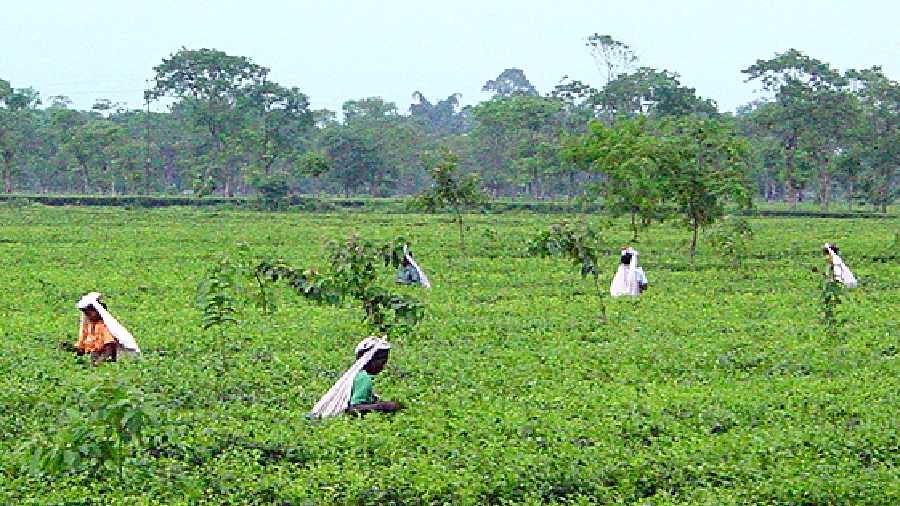India’s tea exports went up by 18 per cent in the first 11 months of 2022 compared to the same period the previous year and the beverage’s auction price also increased by around Rs seven per kilo in the last annum.
According to the recent data published by the Tea Board of India, 200 million kilos were exported from January to November last year, which is almost 18 per cent higher than the figure for the corresponding period of 2021. A total of 176.53 million kilos of tea had been exported from India from January to December in 2021.
“The trends are good and it seems the total export (till December) in 2022 will be around 230 million kilos. This is indeed a positive development for the industry which has been facing funds constraints because of various reasons, including the rise in the cost of production,” said Prabir Bhattacharjee, the secretary general of the Tea Association of India.
For the past few years, he said, the Indian tea sector has been facing the problem of lower price realisation. This is because on one hand, production has been steady but there has not been much change in per capita consumption. As of now, the per capita consumption of tea in India is around 850 grams.
Senior tea planters said for a country like India which is a major producer of CTC tea, it is necessary to increase exports. In 2022, CTC tea comprised around 90 per cent of the total tea production of 1340.49 kilos, while only 110 million kilos were orthodox tea.
“Orthodox tea definitely fetches good prices abroad. But simultaneously, it is necessary to augment the export of CTC tea and also increase the domestic consumption for the sustenance of the sector,” said a planter based in Siliguri.
In north Bengal, close to a million people are engaged in the tea sector, which is a major source of employment and gives a major fillip to the local economy.
In recent times, the tourism industry has emerged as another area where thousands of job opportunities have been created, both in the plains and the hills of north Bengal. However, during the Covid-19 pandemic, the tourism sector had to take a beating.
“The tea gardens faced losses in production and export but they ran steadily unlike many other sectors. This helped the local economy run as revenue generation in the tourism sector had virtually stopped those days,” said Soumen Nag, a social researcher.
Apart from the exports, tea’s auction prices also went up in 2022.
As compared to 2021, there was an average increase of around Rs seven per one kilo of tea auctioned off. The rise in the average auction price was around Rs 10 in north Bengal, Assam and other tea-producing north Indian states.
“It might be marginal but any rise in prices is helpful for the industry. This is because the daily wage of workers increased by around Rs 56 in the past two years (since 2021). Also, other components of production cost like the expenses for coal (the principal fuel on tea estates) have also gone up,” said Rana Dey, secretary, Terai Branch of Indian Tea Association.
The annual data published by the Tea Board also reflected another steady trend, the emergence of the small tea sector as a major contributor of the brew.
In 2022, the small tea sector produced 697.78 million kilos of tea (around 52 per cent), while tea estates produced 642.71 million kilos.
As far as north Bengal is concerned, the share of small tea sector is above 60 per cent.

